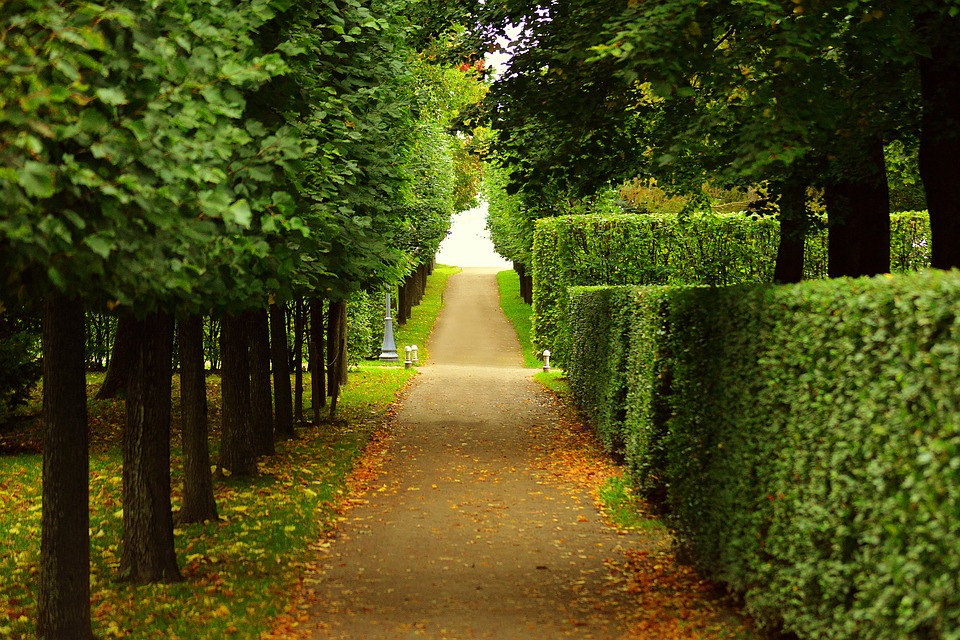The colder weather is slowing down here in the Vancouver, Camas and Washougal, Washington area. Which means spring will soon be returning to the Pacific Northwest. Late winter and early spring are great times to start trimming up your hedges.
When to Trim
As we stated, late winter and very early spring is the best time to trim (and prune). Hedges and other bush plants are generally dormant during this period. Therefore, trimming at this time will not shock the plant. This is especially true if you are planning to drastically cut back your plants. You do not want to be trimming your hedges after they have begun to produce buds as the plant has already spent a great deal of energy creating those buds. It will, therefore, be more difficult for the plant to evenly fill out.
Furthermore, most hedges, especially slow growing, evergreen hedges, should be trimmed annually. For faster growing hedges it may be necessary to trim them two or more times throughout the year.
Why Trim?
There are many reasons to keep up with the maintenance and trimming of your hedges and bushes.
Improves Property Value
An obvious reason to properly maintain your hedges is to improve and increase the value of your property. If potential buyers are walking up to your property and your hedges are unkempt, it may dissuade from being able to see the potential and value of your home. While neglected lawns and hedges can leave potential buyers with the feeling that the entire property and home have been neglected, well-manicured lawns and hedges can really entice buyers, which can generate far more interest in your home.
Improves Health
Proper maintenance of your hedges, shrubs, and bushes will promote the well-being of the plants. By removing dead or diseased portions of the plant, you can prevent the spread of disease, enabling your plants to grow more lushly. Furthermore, removing dead or diseased portions of the plant will enable the plant to focus on sprouting new, healthy growth, instead of expending its energy on reviving troubled areas.
Improves Privacy
Consistently trimming the overgrowth of your hedges and shrubs will allow your plant to fill out. By cutting back branches that are growing straight up or straight out, the plant will be encouraged to thicken up and become denser. This density will make the hedge thicker and harder to see through and will, therefore, add to the privacy of your property.
How to Trim?
There are many methods of trimming hedges and shrubs. For small, easily trimmed hedges, simple hand operated hedge shears or a small, powered hedge-trimmer can be used. For larger, more complex hedges, it is best to use powered, extended hedge trimmers, which will get the job done fairly quickly. However, for most large hedges, it is a good idea to call in a professional to ensure the job is done right.
The easiest way to start trimming a hedge it to remove any dead, diseased or broken parts of the plant. As mentioned above, this will hinder disease from spreading, and dissuade pests from colonizing the plant.
The next step is to remove branches that are growing up and out in directions that you would prefer that they did not. In other words, begin shaping the plant to your liking. Guides can be used to maintain straight cuts and lines. If you are a skilled professional, more complex designs can be implemented.
When hedge trimming is done correctly, it will complement the look of your yard and create a manicured garden feeling. Similarly, when hedge trimming is done incorrectly, it can lead to an eyesore in your yard and even the death of the plant. If you would like assistance with trimming up your hedges, shrubs or bushes (or any landscape maintenance, for that matter) Urban Eden Landscaping would love to help. Call us today at (360)567-6399, fill out a free estimate request form, or simply contact us.

